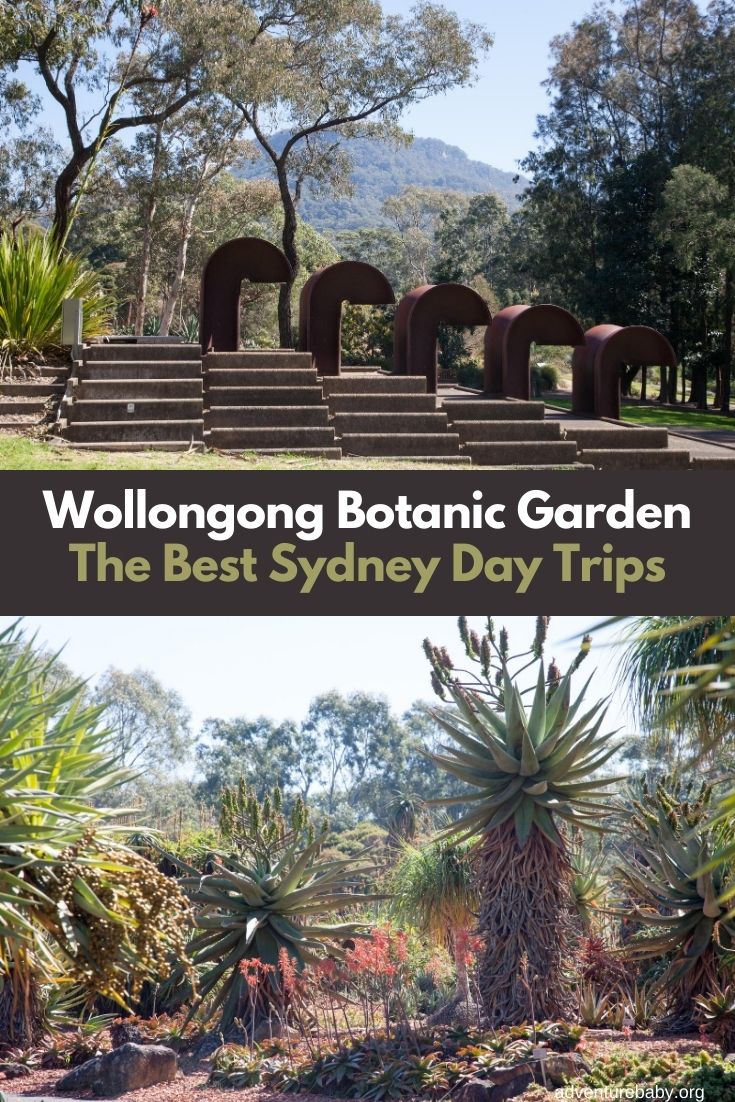
Sydney Day Trips: Wollongong Botanic Garden
The Wollongong Botanic Garden is a 30-hectare garden in the suburb of Keiraville featuring a large collection of native and exotic plants from around the world.
The site of the Wollongong Botanic Gardens was originally occupied by the by local Aboriginal peoples, the Dharawal, who occupied the land for tens of thousands of years. They remain the Custodians of the Land. European settlers in the 1880s used the land for farming until it was bought by the Hoskins family in 1929, who built their home, Gleniffer Brae, on the site in the late 1930s. The house still stands today within the Botanic Garden.
The Hoskins family dedicated a large part of their property to Wollongong City Council in the 1950s to create a Botanic Garden. The garden was established in 1964 and officially opened to the public in January 1971.
Today, the Wollongong Botanic Garden is a beautiful spot to spend the day, either exploring the various collections or setting up folding chairs or a picnic blanket under one of the many shady trees and enjoying a picnic or bbq.
Tips for visiting the Wollongong Botanic Garden
There are seven entry points for the garden, most without maps or signposting of directions. I highly recommend if it’s your first visit entering at the main entrance located at Murphys Avenue and Paulsgrove Street and collecting a map (or downloading it to your phone).

The garden is huge and it will take quite some time and leg power to see everything, so allow plenty of time to stroll and take everything in – at least two hours.

There are paved paths throughout the majority of the garden, making it extremely accessible for strollers and wheelchairs. There is a disabled toilet located at the entrance. Scooters and bikes are also allowed – a great idea for kids to help little legs get around.

Pack your own food, folding chairs or picnic blanket to really enjoy a full day at the garden.
There is a cafe near the main entrance, the Garden Grounds Cafe, which serves coffee and light snacks daily between 9am and 2pm.

There are picnic tables scattered around the garden, and free barbecues near the playground.

Wollongong Botanic Garden Collections
The Wollongong Botanic Garden is divided into 11 collections, all seamlessly connected. There are large signs that give information about each section but largely it’s a case of wander, explore and enjoy. The sections are: Australian Open Forest, Azalea Bank and Middle Creek, Dryland Collection, Flowering Trees and Shrubs, Palm Collection, Rainforest Collection, Rose Garden, Sir Joseph Banks Glasshouse (closed at time of print), Succulent Collection, Towri Bush Tucker Garden, Woodland Garden.

We particularly enjoyed the Succulent Collection, which looks like a landscape from another world. Best visited in June / July when the Agave and Aloe plants produce amazing flower spikes, it’s also pretty spectacular in late August (when we visited) and in spring when a carpet of mesembryanthemum flowers blooms.

The Azalea Bank and Middle Creek collection is also stunning, featuring plants found in Asiatic regions including China, Japan and Korea. Of note are the beautiful Azaleas, Rhododendrons, Camellias, Dogwoods (Cornus alba), Maples (Acer palmetum) and Dawn Redwoods (Metasequoia glyptostroboides), many of which were blooming when we visited, and a row of white flowering-cherry trees, near the Japanese Tea House.
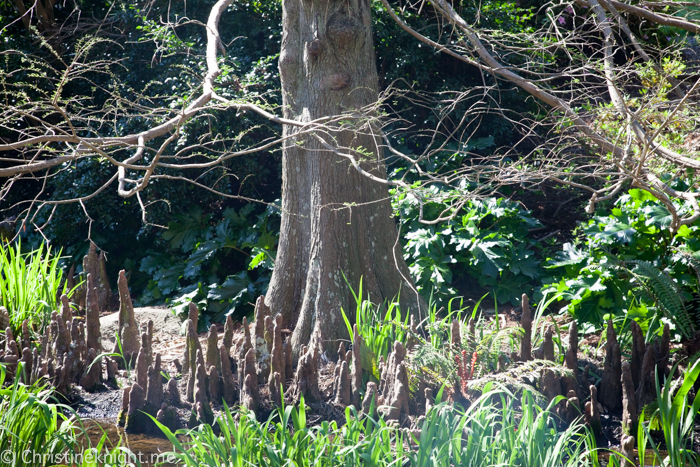
We were fascinated by the aerial roots of the Swamp Cyprus (Taxodium distichum) in this section, too.
Wollongong Botanic Garden Features
While you can read in detail about the features of the garden here, I have highlighted our favourites below.
Kawasaki Bridge
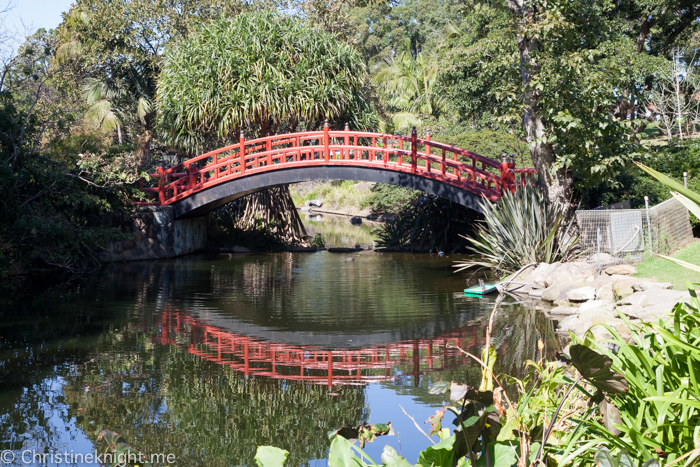
One of the most stunning features of the garden is the Kawasaki Bridge. The traditional Japanese bridge and tea house were presented as a gift to the City of Wollongong from the City of Kawasaki in 1993 to mark the fifth anniversary of their Sister City relationship.
The shape of the bridge is called taiko-bashi (drum bridge) in Japanese. If you look into the water from the top of the bridge you’ll see its reflection in the shape of a drum.
All Abilities Playground

The fully-fenced all-abilities playground is perfect for kids aged 2-12. The playground includes swings, a sandpit, no-step slippery dip, climbing net, viewing platform and a maze. There is also an edible herb garden along the southern wall with seasonal herbs available for picking such as rosemary, chives, basil, parsley and mint.




Outdoor Reading Rooms
What a fantastic idea to include little book libraries inside the garden! There are two with a range of fiction, non-fiction and children’s books located next to the Cafe at the Murphys Avenue entrance and along the main path near the Flowering Trees and Shrubs collection.
The Mercury Fountain
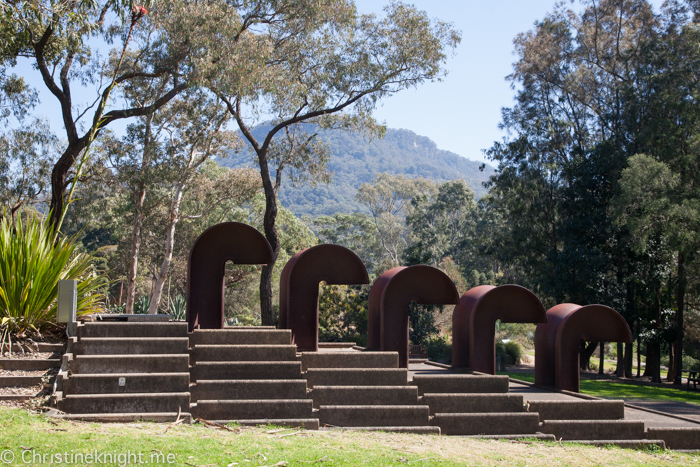
While the fountain was turned off when we visited, it is still a striking piece to behold and for kids to climb, no matter the season. The Mercury Fountain was designed by Robert Woodward. It was inspired by Wollongong’s industrial and mining history, and the five islands off the coastline.
Duck Pond

Who doesn’t love feeding ducks? The duck pond has a beautiful rotunda in the middle which is the perfect spot to feed the native ducks and watch the eels swim past. If you want to feed the ducks, please either buy the peas and corn from the cafe at the entrance or bring an approved feeding option from home. No bread.




Insect Hotels

We have made our own insect hotel at home, which pales in comparison to the beauties found inside the garden. The hotels give insects a sanctuary from the cold of winter and a nesting space in summer.

Events and programs
The Wollongong Botanic Garden runs a wide range of educational events throughout the year for adults and kids. During the school holidays kids can enjoy interactive hands-on activities relating to the environment. Find out about upcoming programs here.
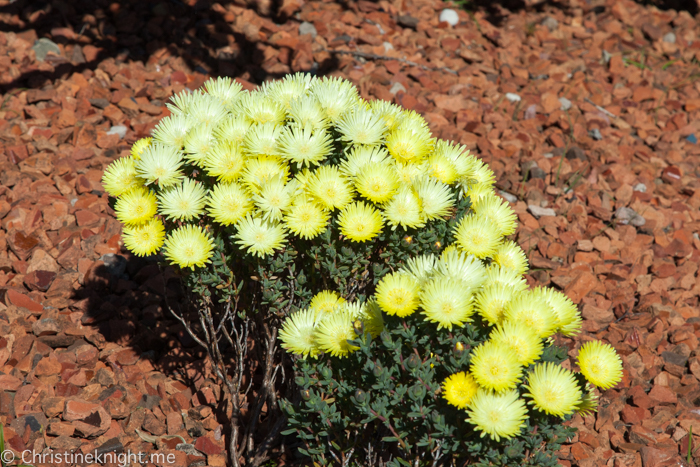
Getting to the Wollongong Botanic Garden
By car: Take the M1 Princes Motorway, then the Keiraville exit and follow the signs to the Wollongong Botanic Garden.
Parking: All parking is free (2 hour limit). There are four car parks and also street parking available.
Public Transport: Take the free Gong Shuttle Bus or catch the train to North Wollongong.
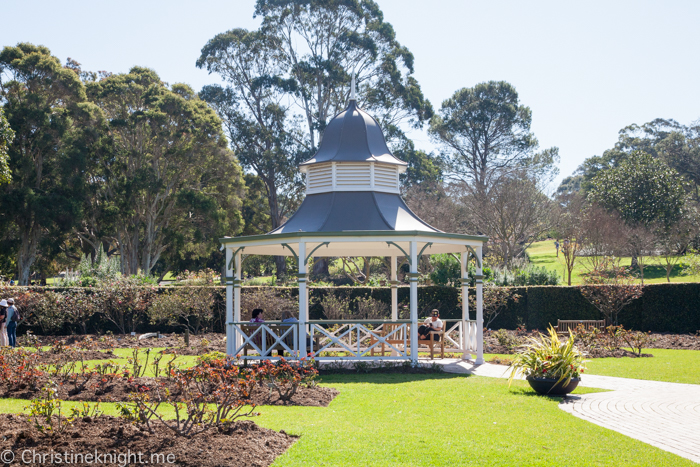




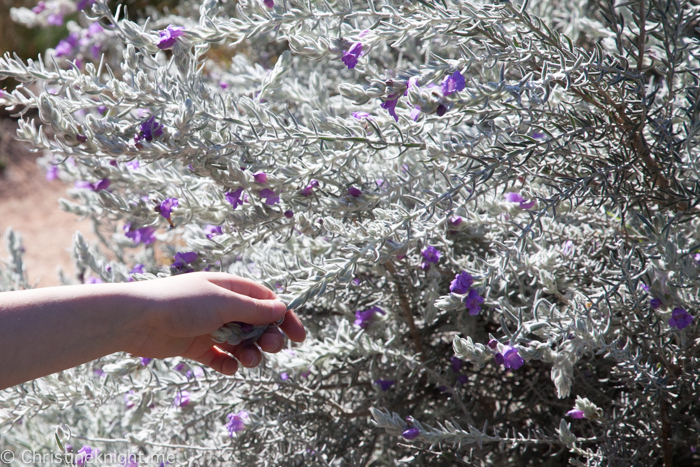







Wollongong Botanic Garden
Murphys Avenue, Keiraville
Hours: Daylight saving hours 7am to 6pm weekdays, 7am to 6.45pm weekends and public holidays. Non-daylight saving hours 7am to 5pm daily
Phone: (02) 4227 7667
wollongong.nsw.gov.au
More things to do in Wollongong
Visit nearby Austinmer Beach.
Visit the Early Start Discovery Space
More things to do in Sydney and surrounds
Find a list of the best things to do in Sydney with kids.
Find things to do in Sydney for free.
Get a list of the best kid-friendly beaches in Sydney.
Find the best animal experiences in Sydney.
Chase waterfalls in Sydney.
More things to do on the Central Coast.
Visit the best kid-friendly restaurants in Sydney.
Find the best high teas in Sydney.
Things to do in the Southern Highlands.
Head to one of the best museums in Sydney.
Check out things to do in Sydney on a rainy day.
Enjoy one of the best ocean pools in Sydney.
First time visiting Sydney? Get tips for first time visitors to Sydney.
Cool down at one of these free water parks in Sydney.
Find the best vegetarian and vegan restaurants in Sydney.
Get a list of the best playgrounds in Sydney.
Find the best ice cream and gelato in Sydney
Things to do in the Blue Mountains.
Plan amazing NSW road trips.
Pick your own fruit: fruit picking Sydney.
The best things to do in Western Sydney and Parramatta with kids.
